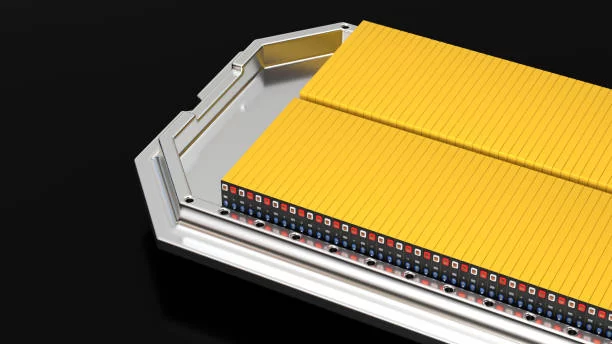Ensuring Safety: The Key Features of Lithium Battery Cabinets
In the world of modern technology and energy storage, the demand for reliable and resilient outdoor battery enclosures has never been greater. Harsh environmental conditions pose significant challenges to the performance and longevity of battery systems, making innovative designs essential. Let’s delve into some of the cutting-edge solutions that are shaping the future of outdoor battery enclosures.

Weather Resistance and Sealing Mechanisms
One of the primary considerations in designing outdoor battery enclosures for harsh environments is the ability to withstand various weather elements. Rain, snow, hail, and high humidity can all cause damage if not properly addressed. Advanced sealing mechanisms have been developed to ensure a watertight and airtight enclosure.
For instance, rubber gaskets and sealants are used along the seams and joints to prevent moisture ingress. Some enclosures even feature double or triple sealing layers for added protection. Special coatings and treatments on the exterior surfaces provide resistance against UV radiation and corrosion, allowing the enclosure to maintain its integrity over time.
Thermal Management Strategies
Extreme temperatures, both hot and cold, can have a detrimental effect on battery performance and lifespan. Innovative thermal management systems are incorporated into outdoor battery enclosures to regulate the temperature within an optimal range.
Passive cooling techniques such as heat sinks and ventilation grilles help dissipate heat during hot weather. In colder climates, insulation materials and heating elements are employed to prevent the batteries from freezing. Some advanced enclosures use phase change materials or liquid cooling systems for more precise temperature control.
Impact and Vibration Resistance
Outdoor environments often subject battery enclosures to physical impacts and vibrations. To safeguard the batteries, robust construction materials and shock-absorbing features are incorporated.
High-strength alloys and composites are used for the enclosure structure to withstand accidental drops and impacts. Internal shock mounts and cushioning materials dampen the effects of vibrations, reducing the risk of component damage and electrical connection failures.
Smart Monitoring and Control Systems
The integration of smart monitoring and control systems is another key aspect of innovative outdoor battery enclosures. These systems continuously monitor parameters such as battery temperature, voltage, current, and state of charge.
With real-time data, the control system can adjust the charging and discharging processes to optimize battery performance and prevent overheating or overcharging. Additionally, it can send alerts and notifications to users in case of any abnormal conditions, enabling prompt maintenance and troubleshooting.
Modular and Customizable Designs
To meet the diverse needs of different applications and installation scenarios, modular and customizable outdoor battery enclosures are becoming increasingly popular.
Modules can be added or removed depending on the battery capacity requirements, allowing for scalability. Customizable features such as mounting options, cable entry points, and interface ports enable seamless integration into various outdoor setups.
For example, in remote telecommunications towers, a compact and lightweight enclosure might be preferred, while in large-scale solar farms, a larger, more robust enclosure with multiple battery banks would be necessary.
In conclusion, the innovative designs in outdoor battery enclosures for harsh environments are crucial for ensuring the reliable and efficient operation of battery systems. By addressing the challenges of weather resistance, thermal management, impact protection, smart monitoring, and customization, these enclosures are enabling the widespread deployment of battery-powered applications in even the most demanding outdoor conditions. As technology continues to advance, we can expect even more sophisticated and resilient designs to emerge, further enhancing the performance and durability of outdoor energy storage solutions.
